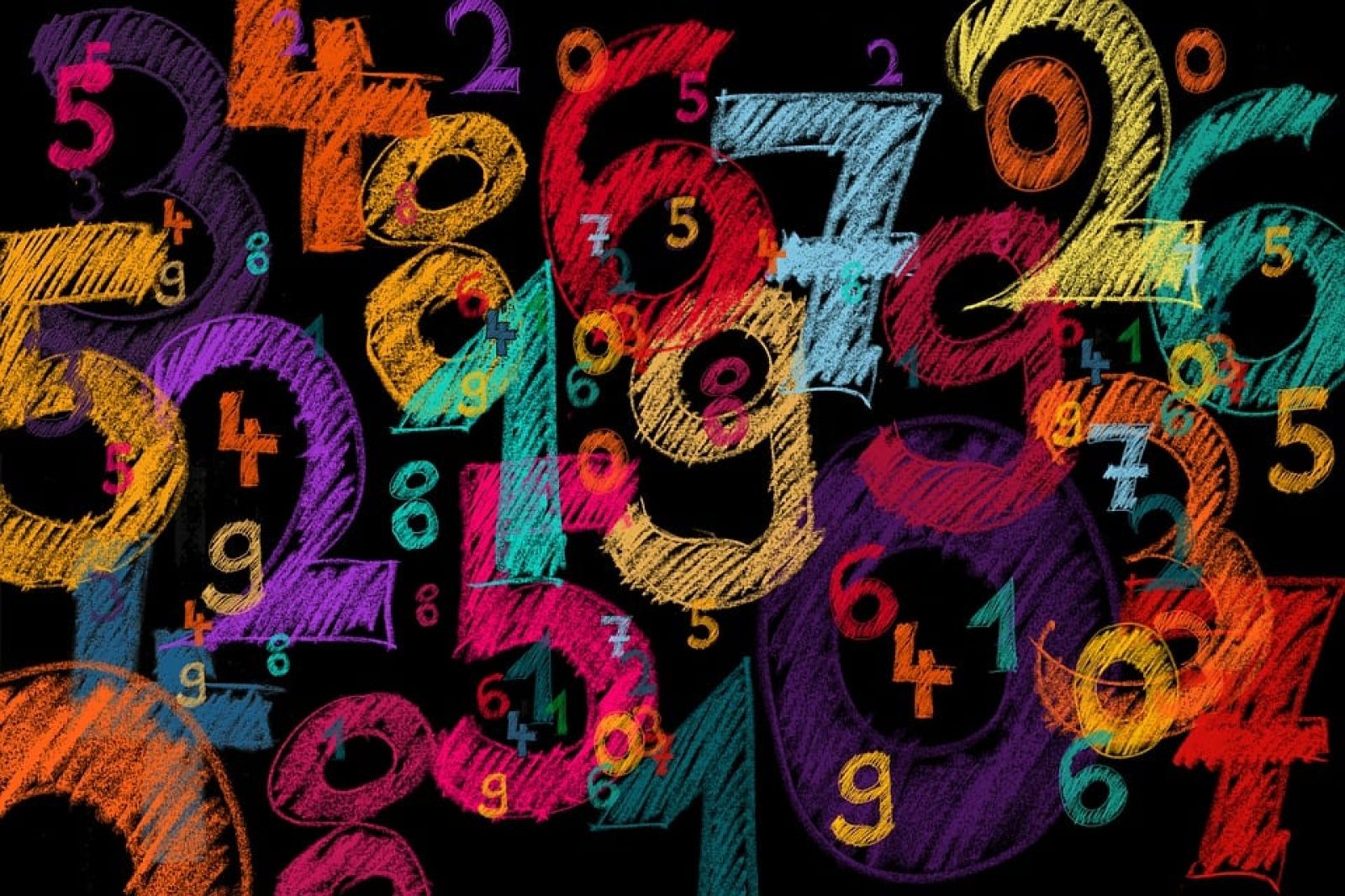Follow us on Google News (click on ☆)

Illustration image Pixabay
The speed at which this gap forms suggests that it is not due to a slow absorption of stereotypes over the years, but rather to entry into elementary school, which marks the beginning of formal mathematics instruction. This finding should help identify new levers for action: by precisely identifying mathematics teaching as a tipping point in the construction of inequalities, we can better specify the means to act to prevent them and thus sustainably reduce the gaps between girls and boys in this subject.
Published this month in the scientific journal Nature, this French research constitutes a world first in terms of its scale and the richness of the data used.
School, a key place where gaps widen
Through a detailed comparison between school cohorts - including those affected by school closures during the Covid crisis - the scientists show that the gaps between girls and boys emerge within the first months of entering first grade (CP). This effect is observed in all regions of our country, all social backgrounds, and all types of schools. It is particularly pronounced among girls from privileged families.
The study shows that it is not the child's age (and therefore neither the maturation of the nervous system nor the accumulation of gender stereotypes over time) that determines the emergence of gaps, but rather the moment when the child enters the structured learning environment of elementary school. Age even has a slight protective effect against the development of these gaps.
The analysis also shows that girls are ahead in language skills, but this is not the reason they neglect mathematics. Indeed, even among pairs of boys and girls who had precisely the same results across all subjects, including language, at the start of first grade (CP), gaps still appear after 4 months of school.
The scientists also took advantage of data collected during the Covid-19 pandemic. That year, children were less exposed to school, and the gaps between boys and girls in mathematics decreased compared to other years.
Notably: language skills do not show these disparities. Girls are ahead of boys in most language tests. These differences predate school entry, decrease slightly during the first grade (CP) year, but remain well established at the start of second grade (CE1) and show a nearly identical gap regardless of the child's family socioeconomic background.
Other research suggests that girls' advantage in language or socialization is present in preschool and may have biological origins. This highlights, by contrast, the specificity of the girls-boys relationship with mathematics, and the collective responsibility to address it.
An international collaboration
This study is the result of an international collaboration with several research institutes (Inserm, CNRS, CEA, INRIA, Institut des politiques publiques, Paris School of Economics, Université Paris Saclay, Université Paris Cité, Université Grenoble Alpes, Université Aix-Marseille, Harvard University), initiated by the Conseil scientifique de l'Éducation nationale, in collaboration with researchers in cognitive science, mathematics and artificial intelligence, education, economics, and social and developmental psychology.
It highlights the potential of applied scientific research to inform educational policies and illustrates how French research, by relying on massive and rigorous national assessments, can contribute to a better understanding of learning mechanisms and to reducing inequalities from an early age.